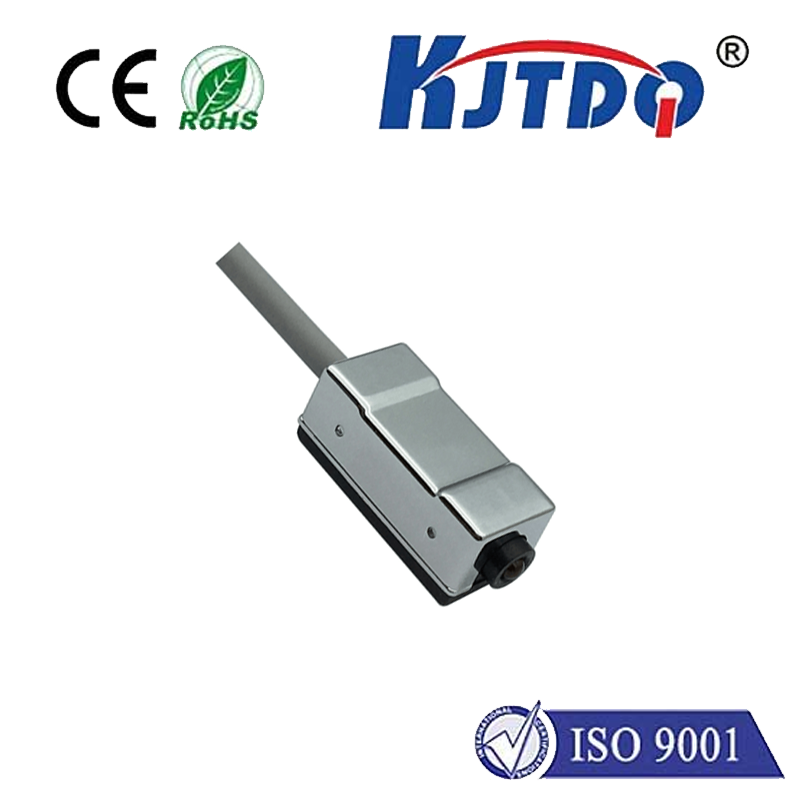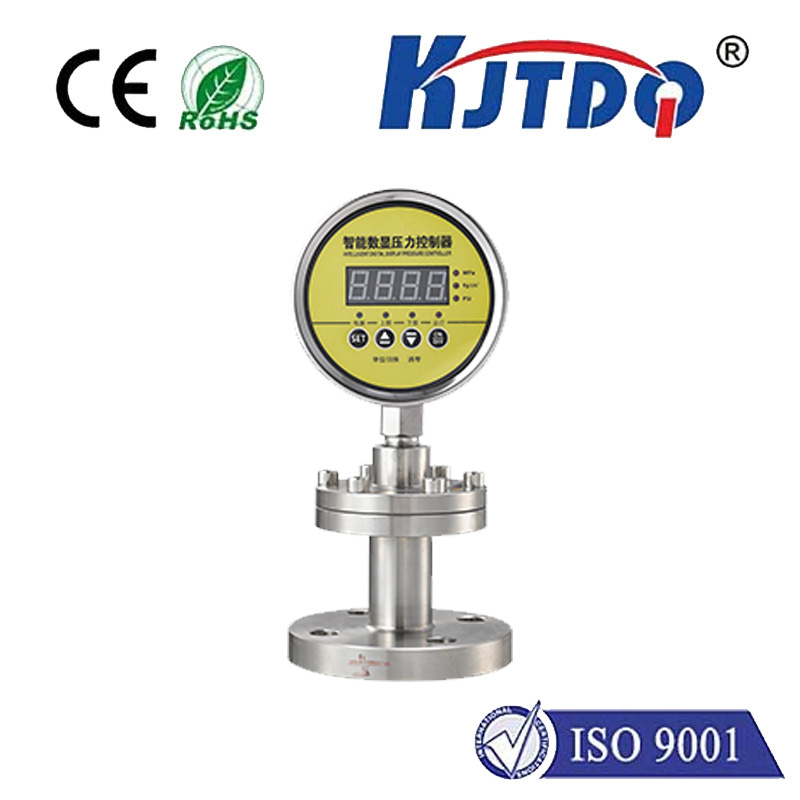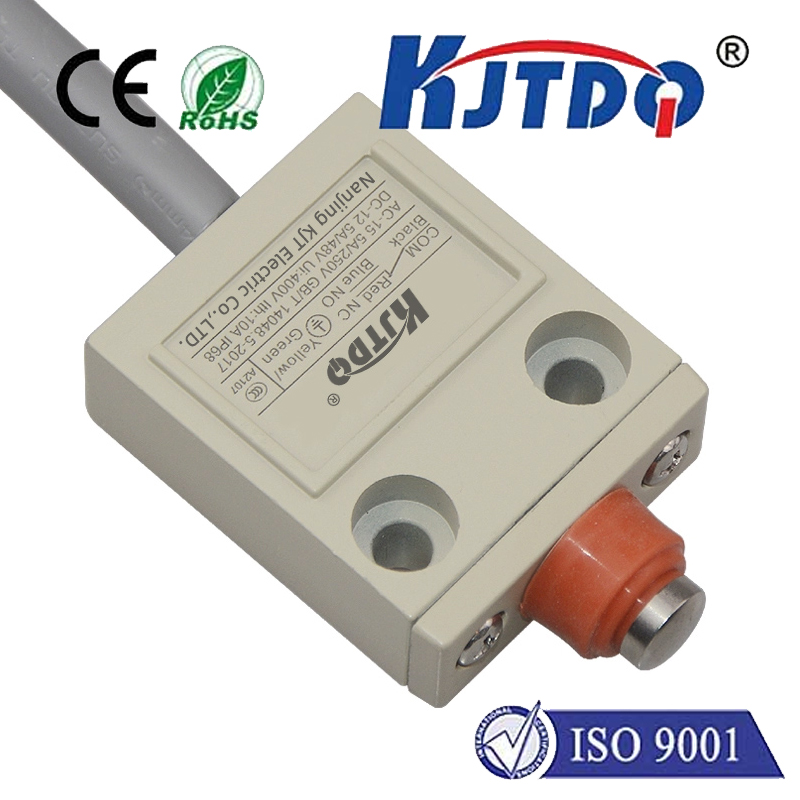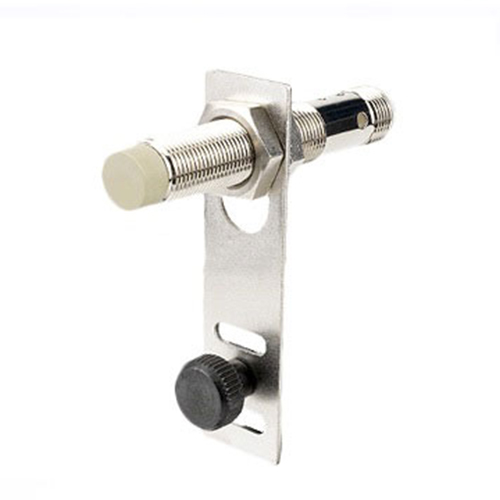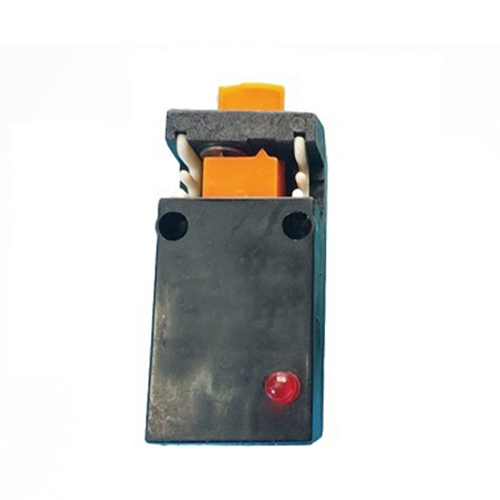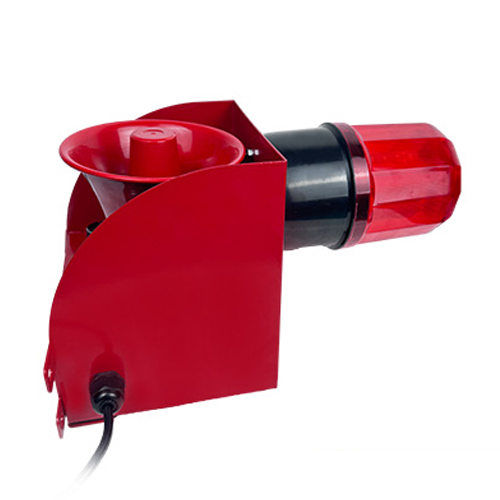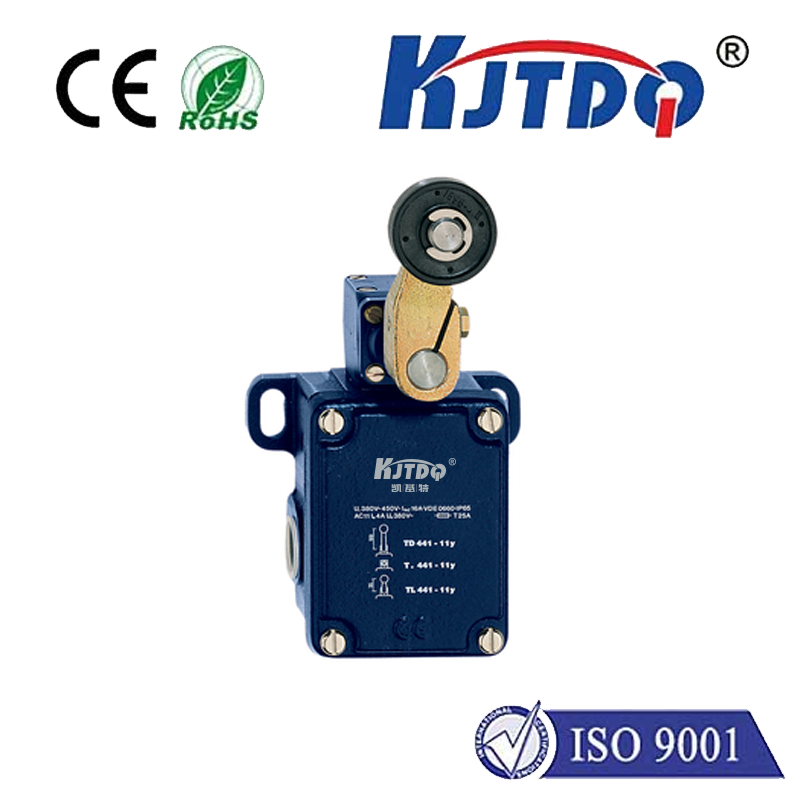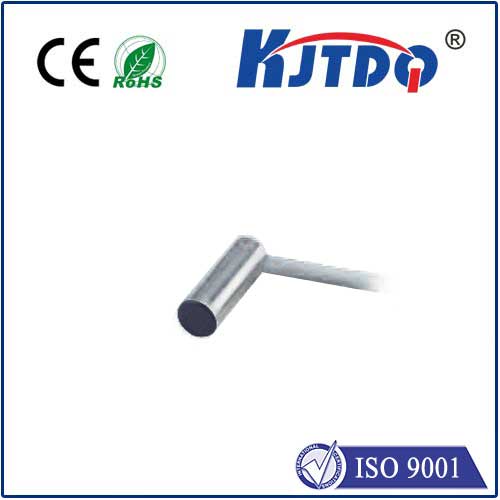electric sensor proximity switches
- time:2025-09-09 01:28:09
- Click:0
Unlocking Efficiency: The Essential Guide to Electric Sensor Proximity Switches
Imagine a complex assembly line humming with activity. Robotic arms move with precision, components flow seamlessly, and machines operate at peak efficiency. A critical, often unseen, element enabling this smooth operation? Electric sensor proximity switches. These ingenious devices are fundamental to modern automation, providing reliable, contactless object detection essential for safety, control, and process optimization across countless industries.
But what exactly are they? At their core, electric proximity sensors (often simply called “prox switches”) detect the presence or absence of a target object within a predefined sensing range without requiring physical contact. This non-contact operation is their defining characteristic and primary advantage, minimizing wear and tear and enabling high-speed, reliable detection in demanding environments. The “switch” part indicates their primary function: changing their output state (typically NO/NC contacts or solid-state signals) when an object enters their detection zone.
How Do They Work? The Magic of Fields
The magic happens through electromagnetic or ultrasonic fields. Here’s a breakdown of the most common types:

- Inductive Proximity Sensors: The undisputed workhorses for detecting metal objects. They generate an oscillating electromagnetic field. When a conductive metallic target enters this field, it induces eddy currents within the metal. This interaction dampens the sensor’s oscillation, triggering a state change in its internal circuit and its output signal. Their rugged design and immunity to dirt, dust, and moisture make them ideal for harsh industrial automation settings like machine tools, material handling, and automotive manufacturing.
- Capacitive Proximity Sensors: These versatile sensors detect virtually any material – metals, plastics, wood, liquids, powders, and even granular substances. They work by generating an electrostatic field. Any object entering this field alters the sensor’s capacitance, changing its internal oscillation and triggering the output. This makes them perfect for level detection (tanks, silos), detecting non-metallic objects on conveyors, or presence verification through packaging.
- Ultrasonic Proximity Sensors: These sensors emit high-frequency sound waves and measure the time it takes for the echo to return. The presence of an object within their range alters this echo timing. They offer excellent range detection capabilities and work well for detecting objects of various materials, shapes, and colors, even in dusty or misty environments. Common applications include pallet detection, stack height control, and robot positioning.
- Photoelectric Sensors: While not always strictly categorized solely under “proximity” (as they often have longer ranges), many variants function as proximity switches. They use a light beam (visible, infrared, or laser). When an object interrupts this beam (diffuse mode) or reflects it back (retro-reflective or reflective mode), the sensor detects the change in light intensity at the receiver and switches its output. They excel at detecting very small objects or those at slightly greater distances.
- Magnetic Proximity Sensors (Reed Switches): These simple, robust sensors detect the presence of a permanent magnet. The magnetic field causes internal ferrous contacts (reeds) to pull together (close) or apart (open), changing the circuit state. They are often used for position detection on cylinders (cylinder sensors) or doors/windows due to their reliability and low power consumption.
Why Choose Electric Proximity Switches? Key Advantages
The widespread adoption of proximity sensors stems from their compelling benefits:
- Non-Contact Sensing: Eliminates mechanical wear, ensuring long operational life and minimal maintenance. This is crucial for high-cycle applications.
- High Reliability & Speed: Capable of operating reliably millions of times at very high switching frequencies, far exceeding mechanical switches.
- Durability: Sealed housings (often IP67 or IP68 rated) protect sensitive electronics from oil, coolant, dust, vibration, and moisture common in industrial settings.
- Consistent Performance: Provides stable and repeatable detection unaffected by surface conditions like dirt or moisture (especially inductive types).
- Versatility: Available in diverse shapes (cylindrical, block, rectangular), sizes, sensing ranges, output configurations (NPN/PNP, NO/NC, analog), and connection types (cable, connector) to fit virtually any application.
- Cost-Effectiveness: Low lifetime cost due to minimal maintenance and long service life, outweighing the initial investment.
Pervasive Applications: Where Automation Relies on Them
Electric sensor proximity switches are the silent sentinels of automation, found almost everywhere machinery operates:
- Machine Tooling: Position detection of parts, tool changers, clamps, spindles. End-of-travel limits on slides and axes.
- Material Handling & Packaging: Detecting presence/absence on conveyors, counting objects, monitoring filling levels, palletizing/depalletizing, carton sealing.
- Automotive Manufacturing: Overseeing robot positioning, ensuring part presence at workstations, verifying door/panel alignment, controlling assembly sequences.
- Food & Beverage Processing: Monitoring product flow, detecting fill levels in containers (capacitive), verifying cap placement, ensuring seal integrity. Often require specific hygienic designs.
- Pharmaceutical Industry: Precise positioning and verification in filling and packaging lines within cleanroom environments.
- Building Automation: Door and window position detection for security systems, elevator positioning, HVAC damper control.
- Consumer Electronics: Detecting cover closure (laptops, phones), paper presence in printers, position sensing in appliances.
Selecting the Right Sensor: Key Considerations
Choosing the optimal proximity switch demands careful analysis:
- Target Material: Is it metallic? Non-metallic? Liquid? (Dictates Inductive, Capacitive, Ultrasonic, Photoelectric).
- Sensing Distance: How far away does the sensor need to detect? Ensure the nominal sensing range suits the application with some margin.
- Environment: Exposure to temperature extremes, chemicals, washdowns, dust, vibration, or electrical noise? (Dictates housing material, ingress protection rating like IP67, and EMI resistance).
- Output Requirement: What signal does the controller need? (e.g., PNP/NPN transistor, relay contacts, analog output, IO-Link capability).
- Size & Mounting Constraints: Physical space limitations? Requires flush or non-flush mounting for inductive sensors?
- Operating Speed: How fast is the object moving? Ensure the sensor’s response time and switching frequency are adequate.
- Electrical Specifications: Supply voltage compatibility? Current rating sufficient for the load?
Embracing the Future: Smarter Sensing
While the fundamental principles remain robust, proximity switch technology continues to evolve. Integration with IO-Link communication is becoming increasingly common, transforming simple binary switches into smart sensors. IO-Link allows for remote parameterization, real-time diagnostics (monitoring operating distance, temperature, signal strength), simplified wiring, and enhanced process data acquisition, paving the way for predictive maintenance and Industry 4.0 integration. Analog output sensors provide continuous distance measurement, adding another layer of control sophistication.
From ensuring worker safety by verifying guard positions to guaranteeing precise assembly tolerances and optimizing production flow, electric sensor proximity switches are indispensable components. Their contactless operation, robust construction, and unwavering reliability make them the bedrock of efficient, safe, and modern industrial automation. Understanding their types, principles, advantages, and selection criteria empowers engineers and technicians to implement the right sensing solution, unlocking greater efficiency and control within any automated process.







